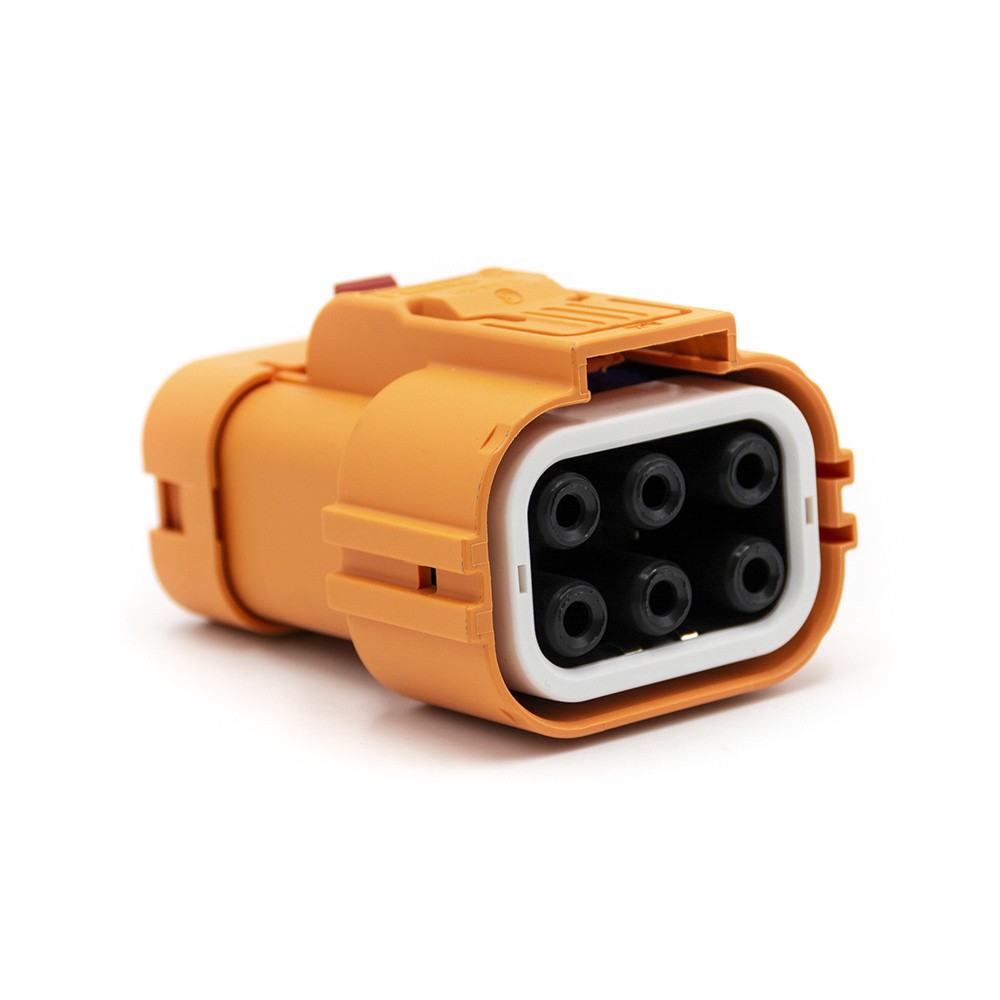As electric vehicles (EVs) become increasingly popular, there is a growing demand for safety components that can handle the high voltage systems found in these vehicles. One of the most important safety components in EVs is the high-voltage interlock (HVIL) connector and cable system. HVIL connectors and cables are responsible for preventing accidental contact with high-voltage electrical systems in EVs and ensuring the safety of passengers and maintenance personnel.

HVIL connectors and cables are designed to handle the high voltage and high current loads present in EVs. They are typically rated for voltages in the range of hundreds to thousands of volts and are capable of carrying large amounts of current. The connectors and cables are also designed to be durable and resistant to heat, chemicals, and other environmental factors.
One of the key features of HVIL connectors and cables is their ability to prevent accidental contact with high-voltage systems. This is achieved through a variety of methods, including physical barriers, insulating materials, and interlocking mechanisms. For example, some HVIL connectors are designed with a locking mechanism that prevents the connector from being disconnected while the high-voltage system is energized.
Another important feature of HVIL connectors and cables is their flexibility. EVs often have tight spaces where cables must be routed, and HVIL cables are designed to be flexible and easy to route. This flexibility also helps to prevent cable damage and ensures reliable operation over the life of the vehicle.
There are several types of HVIL connectors and cables available, each with its own advantages and disadvantages. For example, some connectors are designed for high vibration environments, while others are more suited to high-temperature applications. It is important to choose the right HVIL connector and cable system for your particular application to ensure reliable and safe operation.
Overall, HVIL connectors and cables are critical safety components in EVs, ensuring that high-voltage systems are safely isolated and preventing accidental contact. As EV technology continues to evolve, we can expect to see even more advanced HVIL connector and cable systems that further improve the safety and reliability of these vehicles.














